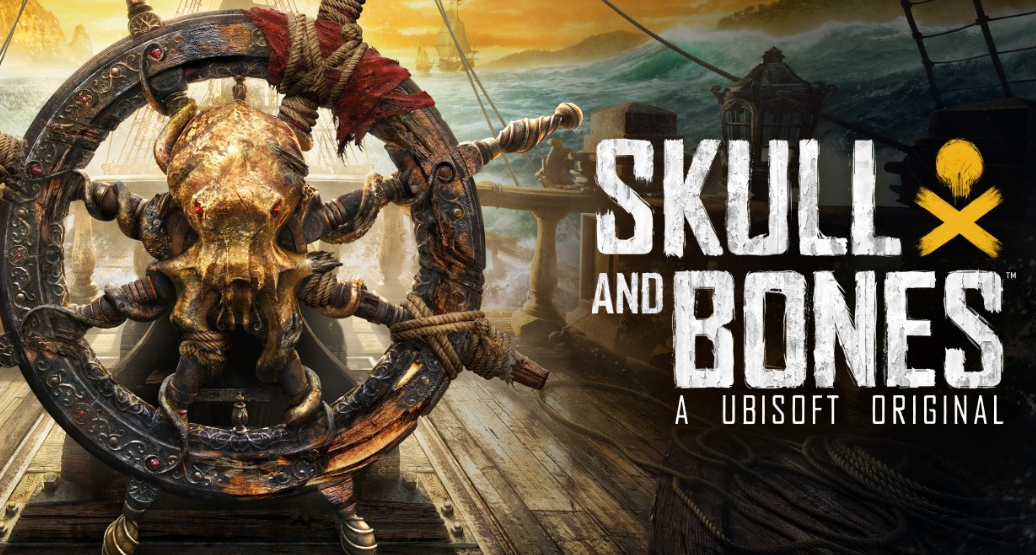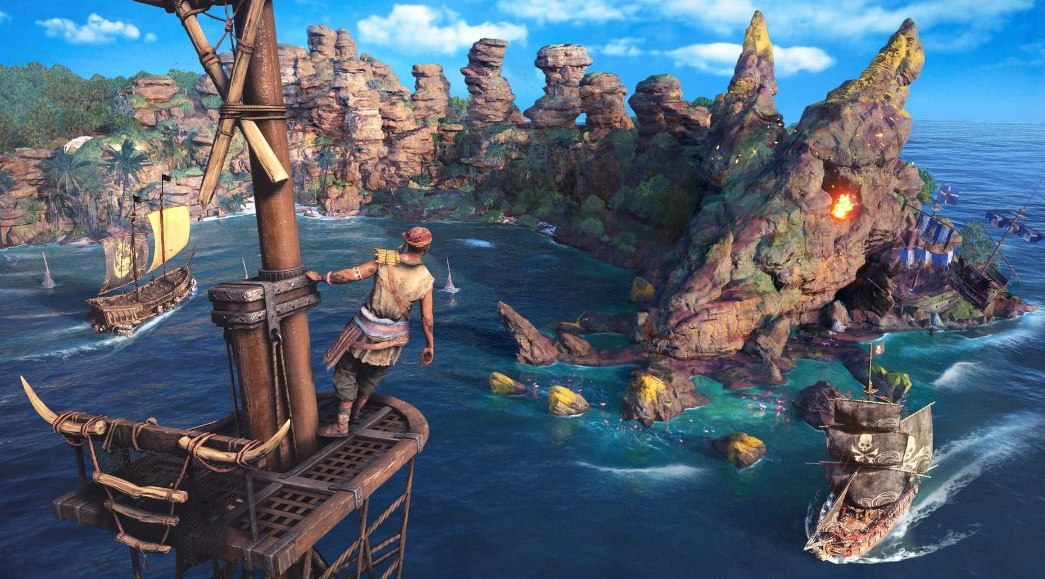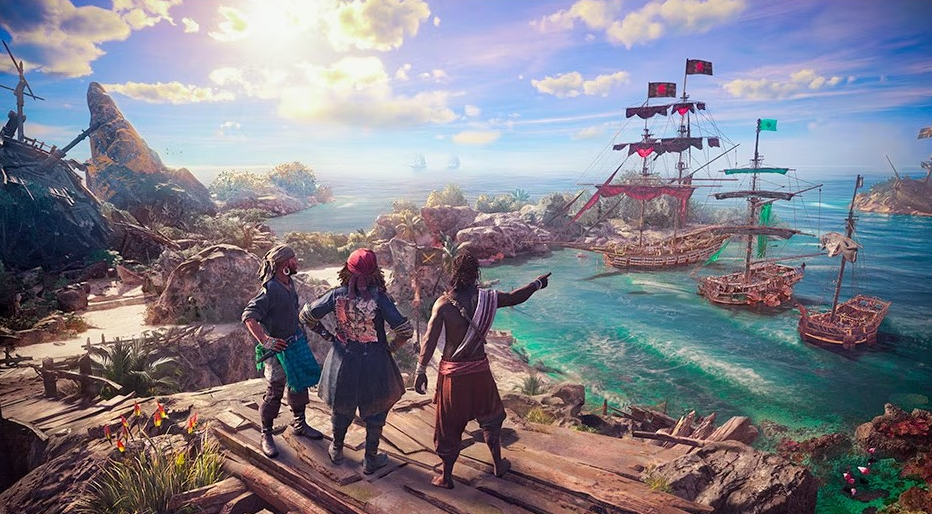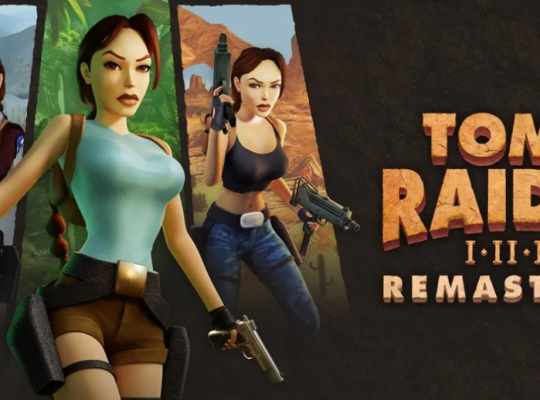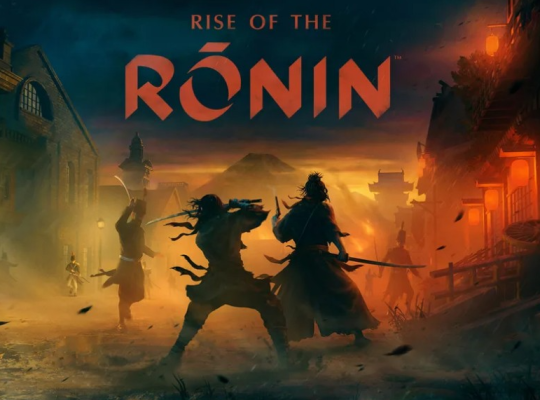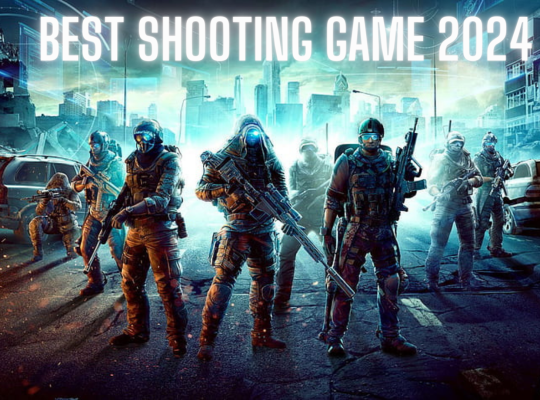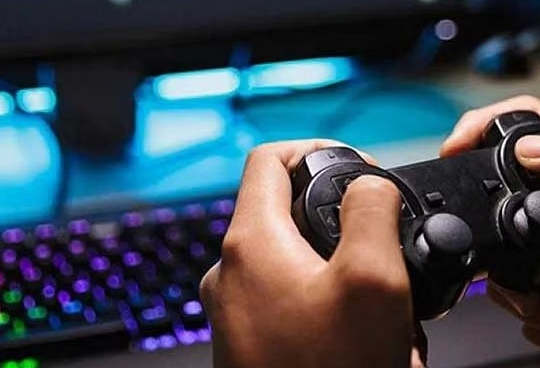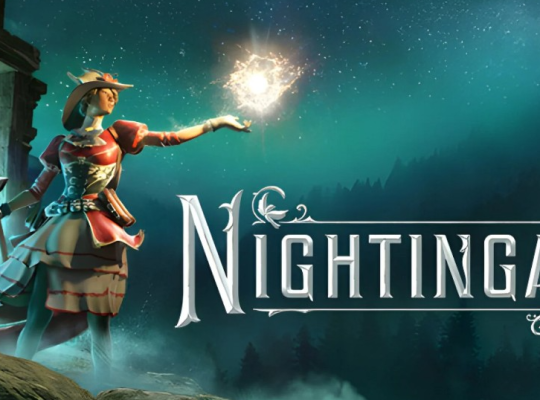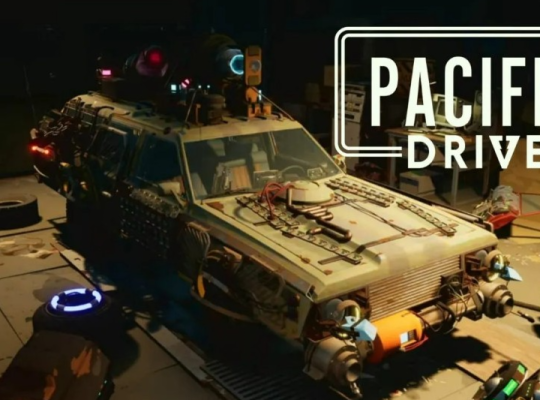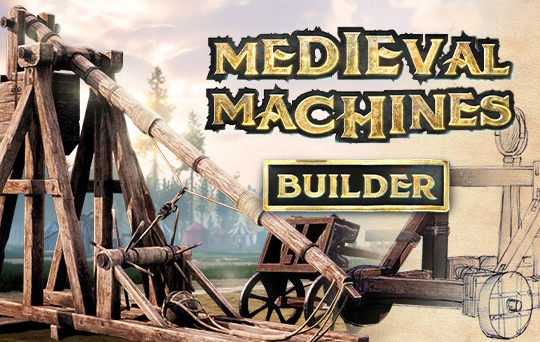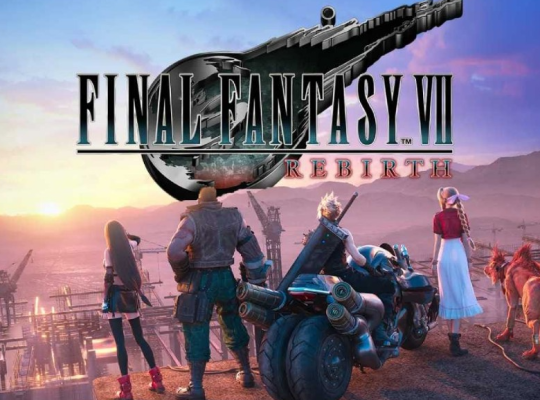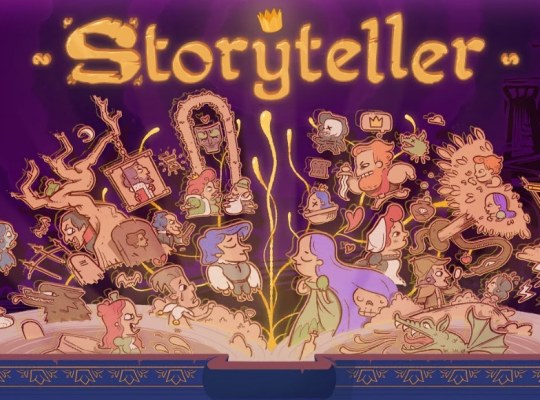Skull & Bones Closed Beta Review:
After finally gaining access to the closed beta of Skull & Bones, I dedicated a few hours to exploring what the game had to offer. Regrettably, my experience was largely negative, as Ubisoft’s Skull & Bones proved to be a dull and uninspired gaming venture.
For those unfamiliar with the tumultuous development history of Skull & Bones, the game underwent six delays and even changed studios during its production. The result, as witnessed in the closed beta, seems to fall short of the initially promised and anticipated gaming experience.
Originally conceived as a DLC for Assassin’s Creed Black Flag, a game celebrated as one of the best in the Assassin’s Creed series, expectations were high. However, the connection to Black Flag does not translate into an engaging or exciting gameplay experience in Skull & Bones. Despite its roots in the acclaimed Black Flag, the game’s numerous delays, setbacks, and problems have seemingly left it far from the quality it initially aspired to achieve.
In essence, Skull & Bones, with its troubled development history, fails to live up to the potential hinted at by its association with the beloved Assassin’s Creed Black Flag. The closed beta experience only further underscores the game’s current state of uninspired and lackluster gameplay.
Exploration: Unveiling Playthrough, UI/UX Dynamics, and Development Journey
In this two-part analysis, I delve into my extensive playthrough experience of Skull & Bones, examining the encountered User Interfaces (UI) and the resulting User Experience (UX), while sharing my comprehensive thoughts on the matter.
Playing the game on PlayStation 5 for slightly over 2 hours, within the 6-hour beta gameplay allocation, offered valuable insights. Though acknowledging the temporal constraints limiting a full exploration of the game’s potential, this duration provided a meaningful understanding of the current state, particularly in aspects such as the warfare system and how the game is categorized.
Skull & Bones, with a development timeline dating back to 2013, aims to stand as a standalone multiplayer rendition of Assassin’s Creed IV: Black Flag’s Naval Combat. The game’s ambition is notable, yet it faces the considerable challenge of filling the shoes of its acclaimed predecessor. While progress is evident, the realization of the game’s full potential seems to be a journey still in progress, emphasizing the intricacies involved in crafting this naval warfare experience.
The examination begins with a deep dive into the playthrough experience, analyzing the gameplay mechanics, combat dynamics, and overall engagement. This will be complemented by an exploration of the encountered User Interfaces, scrutinizing their effectiveness, clarity, and contribution to the overall immersive experience.
The User Experience (UX) analysis encompasses the interplay of various elements, from UI design to gameplay fluidity. The goal is to provide a comprehensive understanding of how the user interacts with the game and how well the design choices align with the overarching objectives.
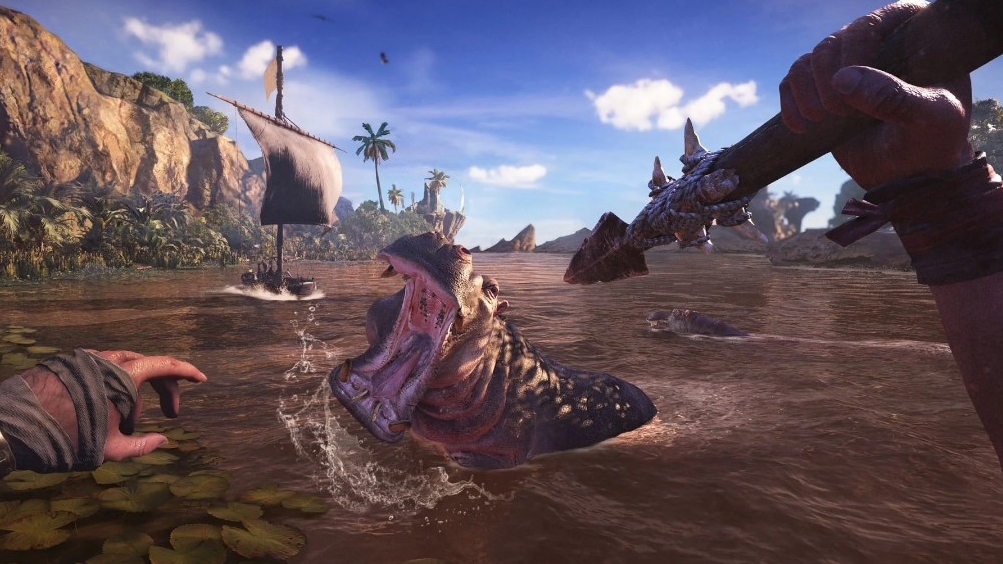
Additionally, the discussion extends to the broader context of the game’s development journey. Being in the works for nearly a decade, the challenges, triumphs, and potential future directions for Skull & Bones will be considered. This includes an evaluation of how the game positions itself within the realm of naval warfare gaming and the expectations it carries as a multiplayer evolution from the beloved Assassin’s Creed IV: Black Flag.
In conclusion, this two-part exploration aims to offer a nuanced perspective on Skull & Bones, covering its present state, UI/UX dynamics, and the fascinating journey it has undertaken since its inception in 2013.
Stability & Polish: Navigating the Waves of Development
In the tumultuous waters of game development, Skull & Bones stands as an online-only multiplayer venture, and in the beta release, it showcased commendable stability. This is particularly noteworthy given its history of navigating through a prolonged development phase. During a three-hour gameplay session, the game experienced only two crashes, reflecting a level of stability that bodes well for its online multiplayer functionality.
While stability proved satisfactory, the aspect of the presentation left room for improvement. In the beta build, the interface exhibited a gritty, low-resolution quality, coupled with a somewhat clean appearance. This aesthetic choice may be intentional, aligning with the chosen setting of the game. However, it prompts consideration for enhanced polish in the overall presentation to elevate the player’s visual experience.
Acknowledging that the critique is based on the beta build, there remains optimism that as the development progresses, Skull & Bones will undergo refinements in its presentation, addressing any rough edges and further aligning with the envisioned aesthetic. The evaluation of polish extends beyond mere graphical elements, encompassing the overall user interface design and the finesse with which the game elements are presented.
As Skull & Bones sails toward its release, the balance between stability and polish becomes paramount for a satisfying player experience. The stability showcased in the beta is a positive sign, and with continued efforts in refining the presentation, the game has the potential to offer players a seamless and visually captivating journey through the high seas of multiplayer naval warfare.
Skull & Bones Visuals and Graphics: A Sea of Mixed Impressions
In terms of visuals, Skull & Bones doesn’t disappoint entirely. The water is well-rendered, offering a pleasing aesthetic, although the absence of dynamic waves detracts from the excitement of navigation. The vibrant atmosphere and the appealing design of Sainte Anne Island contribute positively to the game’s visual appeal.
However, the positive aspects largely end there. The animations are criticized for being stiff and clunky, with characters lacking vitality. Facial expressions are notably lifeless, accompanied by non-existent lip-syncing, creating an overall awkward visual experience. The absence of effective motion capture for lip-syncing is particularly notable, especially when compared to Ubisoft’s other recent releases.

The character animation and design contribute to a feeling of lifelessness, lacking the attention to detail seen in other captivating games. While some games invest effort in making NPCs and additional characters lifelike, Skull & Bones falls short in this aspect.
One positive note is the inclusion of sea shanties when boarding a larger ship, reminiscent of the enjoyable feature in Black Flag.
In summary, the visuals in Skull & Bones leave much to be desired, portraying the game more as a ship simulator than a vibrant pirate adventure. Ultimately, the game fails to deliver the excitement and intrigue expected from a pirate-themed experience, with other, more engaging pirate games available in the gaming landscape.







